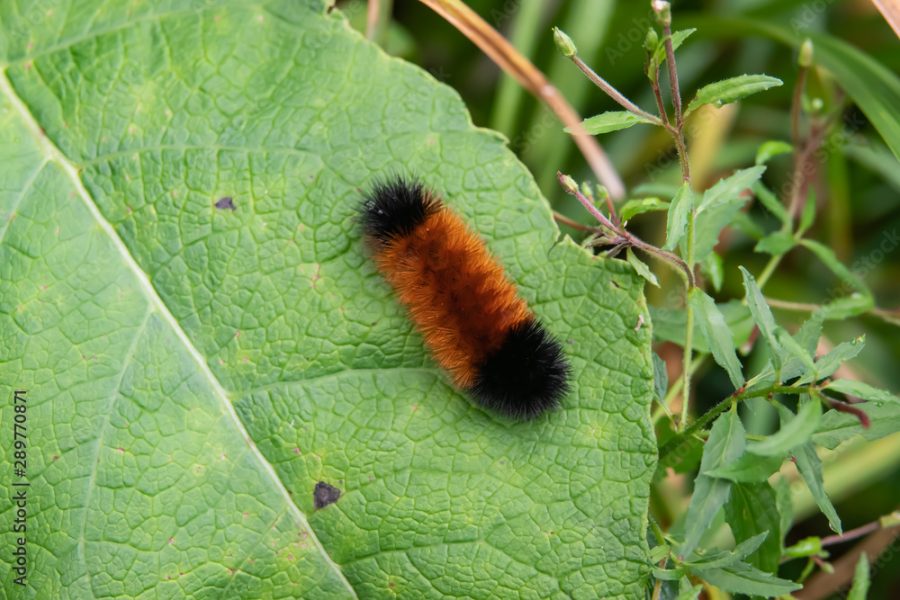Do Woolly Worms Actually Predict Winter Conditions?
December 14, 2022
For many years it has been common folklore that the woolly bear caterpillars–known to us as woolly worms–seen throughout autumn predict the upcoming winter. People claim to be able to tell the upcoming weather by looking at the pattern on the woolly worm’s back. If the woolly worm has a lot of red then it means a mild winter; the longer the black strips on the caterpillar, however, the colder, snowier winter we will have.
Although scientists haven’t wanted to admit it, longtime Vermilion, Ohio Woolly Bear Festival fans say the woolly worm has about an 80–85 percent accuracy rate with its annual predictions. The woolly worm has 13 segments and each one of these segments is believed to represent a week of winter. The black segments represent a harsh week while the red segments represent a mild one. Because most of the woolly worms spotted in West Virginia this year had mainly black and little red, if you are a snow lover you’re in luck!
Another indicator of the winter conditions is the thickness of the caterpillar’s hair. If it is dense, the winter will be colder. If it is sparse, the winter will be mild. Every year, people get nervous when seeing the giant leopard moth caterpillar because it looks almost identical to the woolly worm except its color is all black with red spiracles and inner segments. These do not predict the winter.





